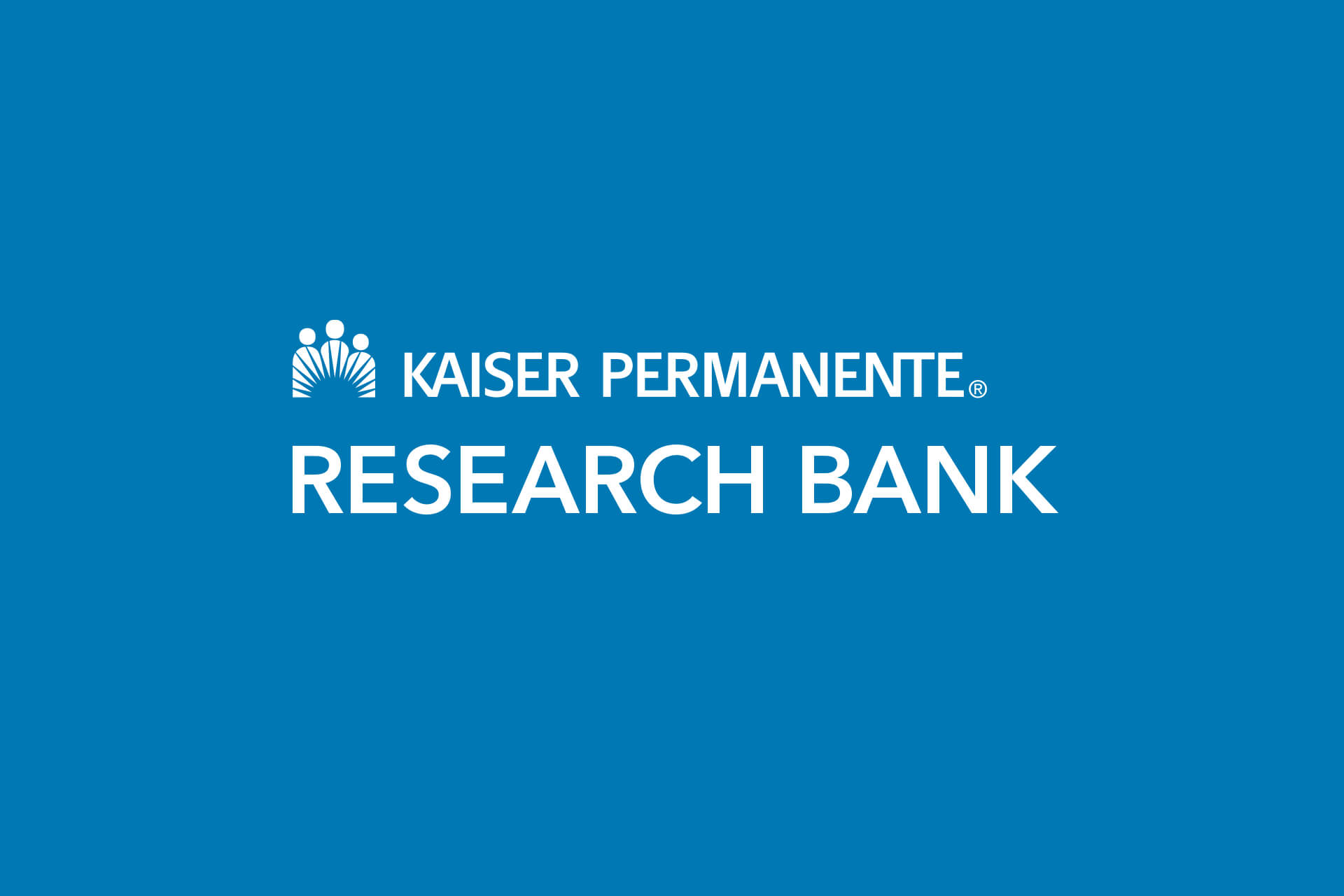As we wrote in our last KP Research Bank Newsletter, polygenic risk scores are a new way to estimate an individual’s risks for certain diseases. Scientists use complex statistics and information about genetic differences in very large groups of people to create these scores.
Until recently, most genetic information was collected from people with European ancestors. Because of the common racial background of these people, polygenic risk scores developed using their information may not apply to people from other racial and ethnic backgrounds.
To address the lack of racial and ethnic diversity in polygenic risk scores, the National Human Genome Research Institute (NHGRI) recently funded PRIMED, a group of 8 research institutions across the country. This group will combine genomic information from existing and new sources to develop and test new ways to create polygenic risk scores, focusing on studying people from many racial and ethnic backgrounds. The researchers will also identify the best ways to make sure that the scores accurately predict specific diseases in people from different backgrounds.
“One of our biggest concerns is that data used to calculate polygenic risk scores do not include sufficient numbers of individuals from diverse populations, falling short of effectively predicting disease risk in non-European populations,” said Teri Manolio, MD, PhD, director of the Division of Genomic Medicine at NHGRI. “This is an area where the consortium’s work will be critical.”
The KP Research Bank is among the most diverse biobanks in the world. Researchers will use the genomic data we’re creating from the samples participants have donated to conduct research in this important area.
(Source: “NIH awards $38 million to improve utility of polygenic risk scores in diverse populations,” National Human Genome Research Institute, https://www.genome.gov/news/news-release/nih-awards-38-million-dollars-to-improve-utility-of-polygenic-risk-scores-in-diverse-populations, June 16, 2021)


